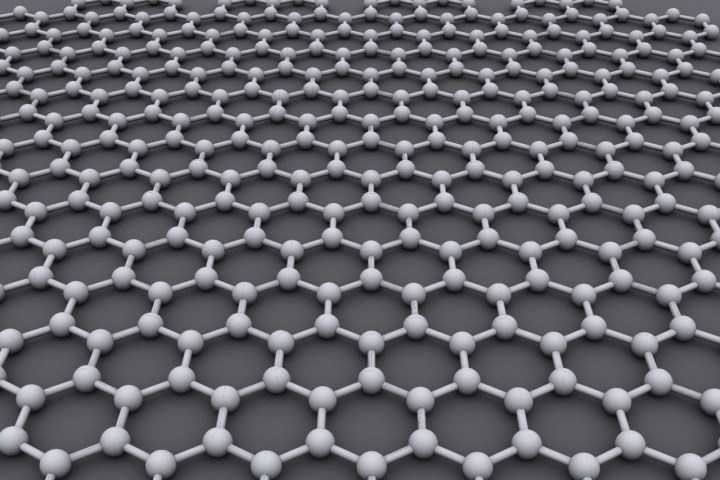
Graphene is composed of a single layer of carbon atoms arranged in a repeating pattern of hexagons. The material is stronger than diamond, and is an excellent conductor of both electricity and heat. “It’s also one of the very best materials we know for infrared detection,” said MIT electrical engineer and study co-author Tomás Palacios. Recognizing the importance of these combined properties, the MIT team focused on graphene and how it could be used to build a new category of infrared devices. To create their thermal imaging system, the MIT researchers created a thermal sensor using use a square piece of graphene and a MEMs micromachine. The graphene-based sensor processes the incoming thermal signal and converts it to electrical signals that are transmitted to the rest of the device.
Graphene not only improves thermal detection, it also plays an important role in heat management, making it possible for the sensor to filter out background heat without using a cooling system. To dissipate heat, strips of graphene are being used to suspend the sensor away from the rest of the device. This arrangement lets the sensor detect a heat signature without requiring a refrigerant to keep the sensor’s environment cool. Using this setup, the MIT researchers were able to detect the heat signature of a human hand at room temperature without using any refrigerant.
This ability to detect a heat signature without the need for cooling is a significant advantage over existing thermal imaging devices, which are expensive and bulky because they require a refrigerant system for dissipating heat. The new self-cooling, graphene-based infrared technology paves the way for imaging systems that are smaller, flexible, and even transparent. The possibilites for such a system are almost limitless.
This new flexible, transparent thermal-imaging technology could make its way into automobile windshields, where it would provide a night vision view of the surroundings without obscuring the driver’s normal view of the road. It also can be used to create efficient and inexpensive infrared detectors that can easily identify hand- and body-based gestures. Although it takes a lot of processing power to track track the movement of a hand that blurs into its surroundings, movement detection is simplified with thermal imaging. Infrared detectors can easily identify the clearly defined contours of an object such as a hand, which stands out from its colder, inert background.
Researchers predict the technology could revolutionize the fields of computing and mobile phone technology. “For example, in the future, we can have infrared detectors integrated in every cellphone and every laptop. That means that in the future, you can control them just by waving your hand in front of them,” said Palacios speaking to Live Science. The researchers presented their work last month in the online jounral Nano Letters.



